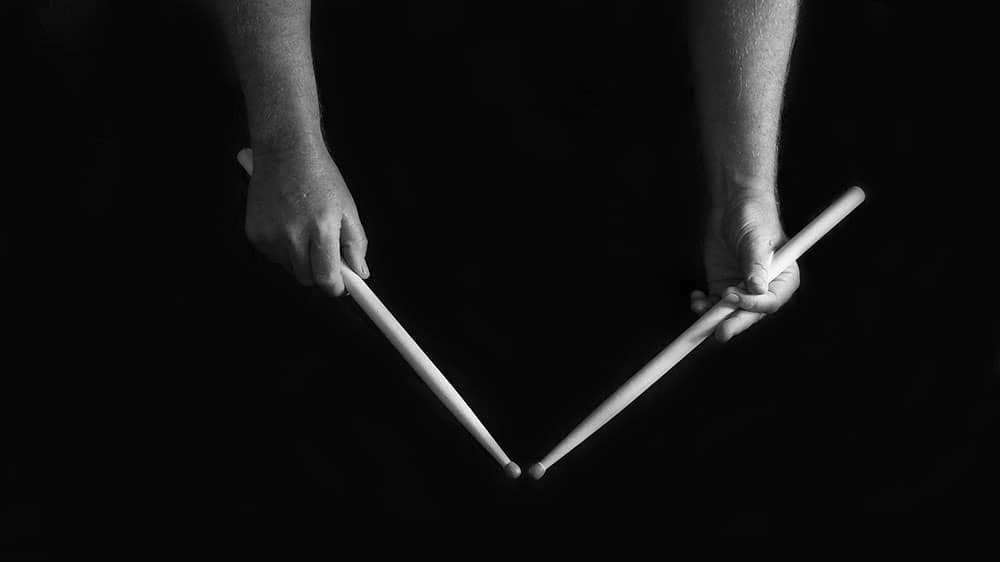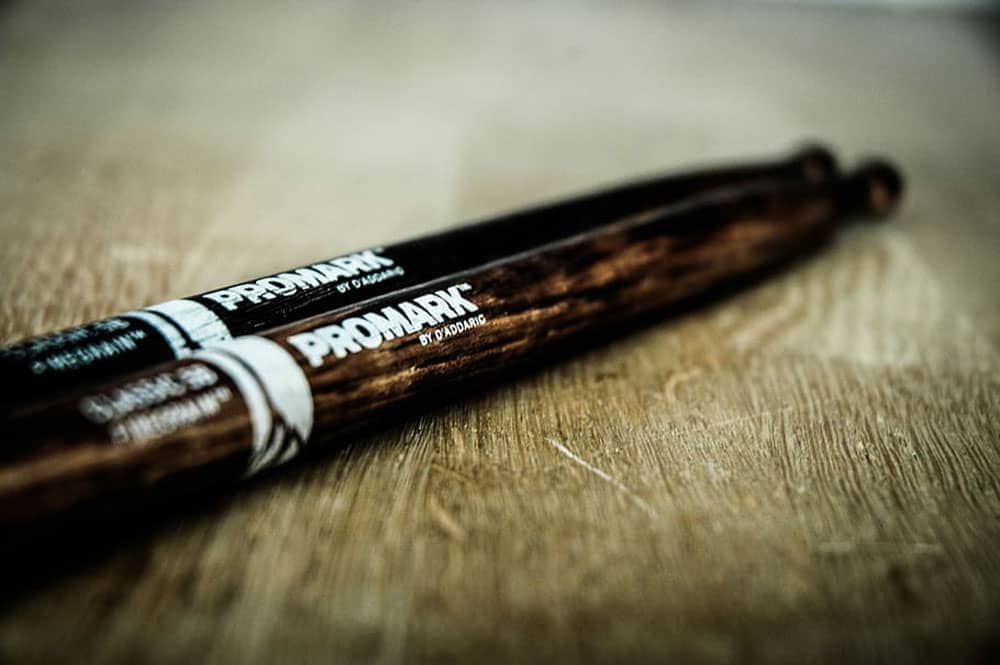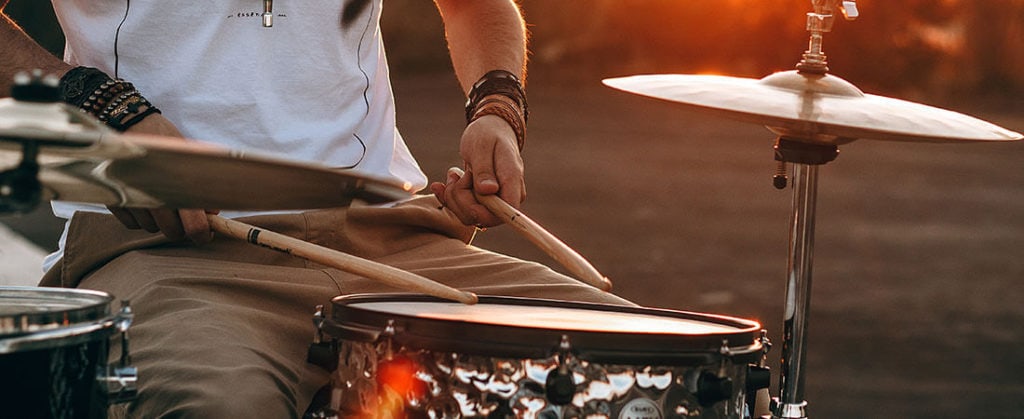How to Heal a Blister from Drumming?
If you’ve developed a blister from drumming, the primary step is maintaining cleanliness to avoid infection. Wash the affected area with warm water and mild soap, and gently pat it dry. Protect the blistered area with a sterile bandage or dressing. It’s best not to pop the blister but let it heal on its own. You can apply an over-the-counter antibacterial cream for added protection. Rest your hands and give them a break from drumming to speed up the healing process.
Are Blisters from Drumming Dangerous?
Blisters from drumming are usually not dangerous, but they can be uncomfortable and affect your ability to play effectively. However, if not cared for properly, they can lead to infection. If a blister is extremely painful, swollen, filled with pus, or showing signs of red streaks spreading out from the area, seek medical attention as these could be signs of an infection.
Will Blisters from Drumming Turn to Calluses?
Yes, over time and with regular drumming practice, blisters can eventually turn into calluses. These are thickened areas of skin that form due to repeated friction and pressure, acting as a protective layer between your skin and drumsticks. While calluses might not be aesthetically pleasing, they can make it more comfortable to play the drums for longer periods without experiencing blisters.
What are the most common drummer injuries?
Aside from blisters and calluses, other common drummer injuries include tendinitis (inflammation of a tendon), carpal tunnel syndrome (pressure on the median nerve in the wrist), and bursitis (inflammation of the fluid-filled sacs that cushion your joints). These injuries can be due to overuse, poor technique, or not taking sufficient breaks. Using proper grip techniques, taking regular breaks, and warming up before playing can help prevent these injuries.
What are the symptoms of drummers syndrome?
“Drummers syndrome” is not a recognized medical condition. However, if you’re referring to the physical strain that often occurs with frequent drumming, symptoms could include persistent pain in the hands, wrists, or arms, numbness or tingling in the fingers, difficulty gripping the drumsticks, fatigue, and in some cases, blisters or calluses on the hands. It’s important to address these symptoms early, either through self-care techniques or by seeking professional medical advice to prevent them from escalating.




